Dhaka footpaths, a lucrative venture for extortionists
- Update Time : Friday, June 14, 2024
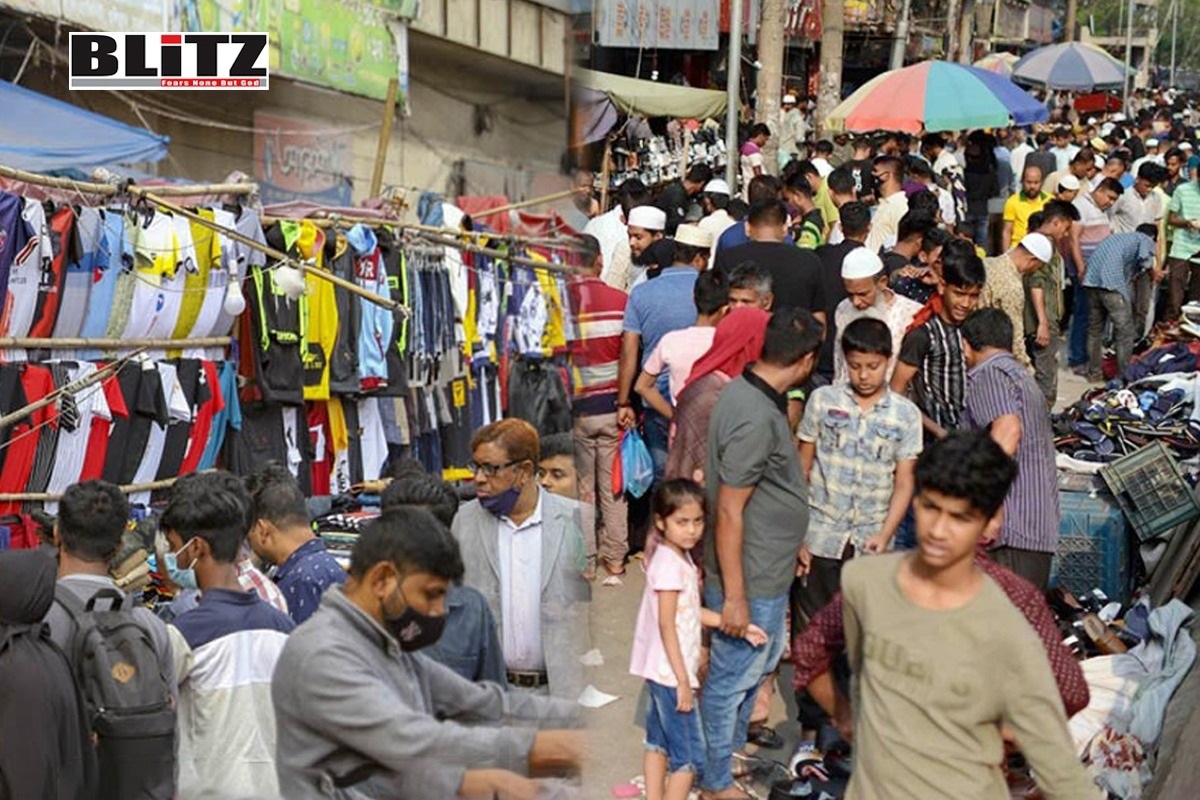
In the bustling heart of Dhaka, adjacent to the General Post Office (GPO) in Gulistan, a vibrant yet hidden economy thrives on the city’s footpaths. Here, Mohsin, a humble vendor of ladies’ garments, operates his business from a small table. His daily routine involves not just selling clothes but also navigating the complex web of informal payments that sustain his livelihood.
Mohsin’s table, roughly five feet long and three feet wide, serves as his storefront. Each day, he pays BDT 150 to leaders of the ruling party and the hawkers’ association. An additional BDT 150 is handed over to security guards and covers his electricity costs. During peak sales periods, like Ramadan and the days leading up to Puja, this “rent” increases to BDT 250. This routine payment system is not unique to Mohsin; around 150 such vendors line the footpaths near the GPO, all contributing to this informal economy.
When approached about the possibility of renting space, Monir Hossain, a leader in the vendor community, explained that space bookings were closed for the year. Prospective vendors must make a one-time payment of BDT 150,000 and then continue with daily payments of BDT 150. A prime spot, close to the GPO gate, can be permanently secured for a staggering BDT 1 million. Monir, known locally as a supporter of the ruling party, assures that despite the high costs, vendors make a daily profit of at least BDT 300, making the investment worthwhile.
The streets of Dhaka, particularly in areas like Gulistan, Farmgate, and Motijheel, are heavily congested with these informal shops. The illegal occupation of footpaths and roadsides not only creates severe congestion but also contributes to the everyday struggles of pedestrians. According to sources within the hawkers’ community, a significant amount of money changes hands daily to maintain this system.
Enamul Haque, councillor of Ward-13, acknowledges the involvement of political leaders, hawkers’ associations, and law enforcement in the informal economy. Despite frequent eviction efforts by the city corporation, the hawkers always return. Haque cited the city’s failed attempts to clear Gulshan of hawkers as an example of the persistent nature of this issue.
At Motijheel Shapla Chattar, vendors operate even on weekends, paying between BDT 100 and BDT 300 daily, with rates rising to BDT 400 during festivals. Local sources claim that former councillor Mominul Haque Sayeed’s associates collect these payments. Sayeed, infamously known as Casino Sayeed, was sued by the Anti-Corruption Commission in 2019 for allegedly running illegal casinos in the city.
Hawkers in other parts of Motijheel pay local ruling party leaders and police informants. Vendors between New Market and Elephant Road pay BDT 10,000 to BDT 20,000 twice a year, in addition to daily fees ranging from BDT 150 to BDT 300. Local Jubo League leader Golam Samiran is reportedly in control of these footpaths, though he denies the allegations.
ASM Ferdous Alam, councillor of Ward-18, admitted the involvement of political leaders and police in extorting hawkers, but denied any personal involvement. Aminul Islam, officer-in-charge of New Market Police Station, stated that they regularly evict hawkers and have filed cases against extorters, which are under investigation.
The Bangladesh Hawkers’ Sangram Parishad estimates there are half a million hawkers in Dhaka. Abul Hossain, president of the hawkers association, criticizes the authorities for evicting hawkers without providing rehabilitation, suggesting that a proper policy could enable the government to collect significant revenue from these vendors. Arif Chowdhury, president of the Jatiya Hawkers’ Federation, echoed this sentiment, urging mayors to issue ID cards to hawkers and formalize the fee collection process.
In 2016, then mayor of Dhaka South City Corporation (DSCC), Sayeed Khokon, launched a raid on footpaths in key areas like Gulistan, Paltan, Fulbaria, and Motijheel. The initiative faced strong protests from hawkers and ultimately failed. His successor, running mayor of DSCC Sheikh Fazle Noor Taposh, also attempted to regulate hawker activity by designating specific times and places, but these efforts have yet to yield significant results.
Despite these challenges, DSCC Mayor Taposh remains committed to ongoing eviction drives against illegal occupancies. Similarly, Kh Mahid Uddin, additional commissioner (crime) of Dhaka Metropolitan Police, emphasizes that steps are being taken to clear footpaths of illegal vendors, acknowledging that the process is gradual and complex.
The plight of Dhaka’s footpath vendors highlights the intricate balance between survival and legality in the city’s informal economy. As vendors like Mohsin continue to navigate this challenging landscape, the need for a structured, fair, and rehabilitative approach becomes increasingly evident. Only through comprehensive policy reform and effective enforcement can Dhaka hope to resolve the congestion and economic inequities faced by its footpath vendors.
The daily operations of these vendors reveal a deeply entrenched system of extortion. Ruling party leaders, police officers, and members of the hawkers’ associations are all involved in the extraction of payments from vendors. This web of extortion ensures that the vendors’ presence on the footpaths is maintained despite official efforts to remove them. The payments collected from vendors like Mohsin are shared among various stakeholders, creating a resilient system that resists change.
For vendors, the cost of doing business on the footpaths is high, but the return is deemed worthwhile. Mohsin, for instance, navigates a daily payment system that fluctuates with the season. During peak sales periods, his rent increases, reflecting the heightened demand and the increased foot traffic. This dynamic pricing model is indicative of the informal economy’s responsiveness to market forces, even as it operates outside the bounds of formal regulation.
Efforts to regulate and control the occupation of footpaths have been met with limited success. Mayor Taposh’s initiatives to set specific times and places for hawkers to operate were intended to bring order to the chaos, but they have yet to achieve the desired results. The persistent return of hawkers after eviction efforts underscores the complexity of the issue. The informal economy is deeply embedded in the social and economic fabric of Dhaka, making simple regulatory measures insufficient.
The involvement of political figures and law enforcement in the extortion network complicates efforts to enforce the law. Councillor Enamul Haque’s admission of political and police involvement highlights the systemic nature of the problem. Without addressing the root causes and the beneficiaries of the current system, regulatory efforts are likely to continue falling short.
The situation calls for a multifaceted approach that includes policy reform, law enforcement, and rehabilitation. Abul Hossain’s suggestion for a proper policy to enable government revenue collection from vendors is a step in the right direction. Formalizing the presence of hawkers through ID cards and regulated fee collection, as suggested by Arif Chowdhury, could provide a sustainable solution.
For meaningful change, the vested interests of political leaders, law enforcement, and hawkers’ associations must be addressed. Transparent and accountable mechanisms for the allocation of footpath spaces could reduce the scope for extortion. Additionally, providing alternative spaces and opportunities for vendors would help mitigate the impact of eviction efforts.
Dhaka’s footpaths represent a microcosm of the city’s broader challenges with informal economies and urban governance. The vendors’ struggle for survival against a backdrop of extortion and regulatory failure highlights the need for comprehensive solutions that balance economic necessity with legal order. Only through coordinated efforts that address both the symptoms and the causes can Dhaka hope to achieve a fair and functional urban environment for all its residents.



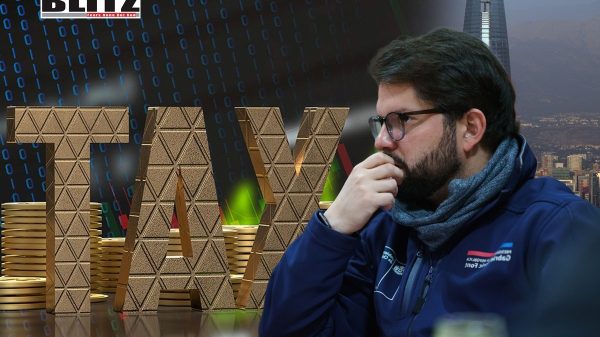

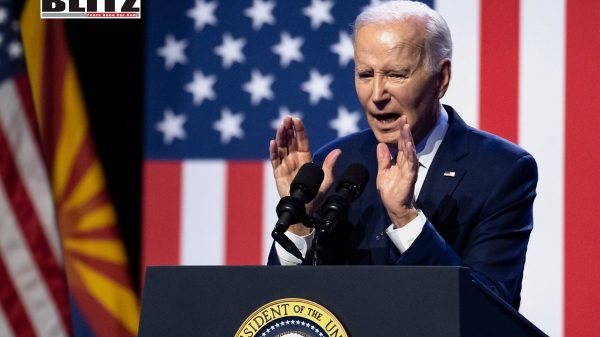

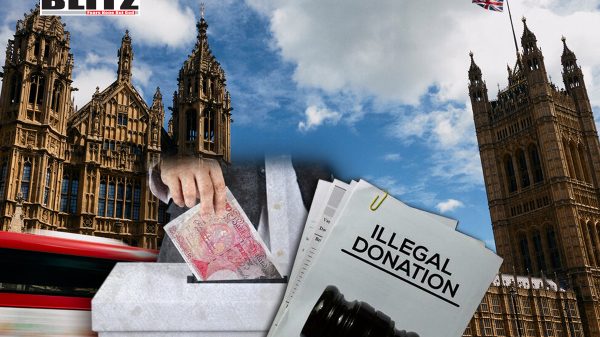
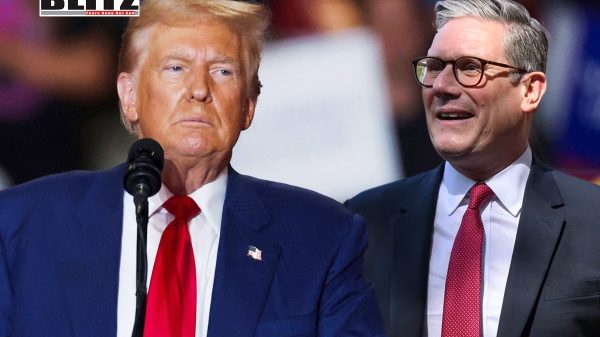

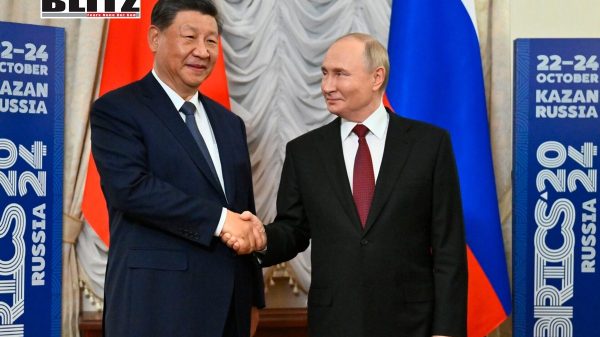
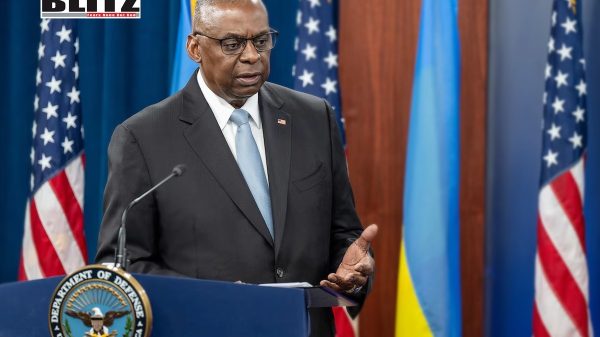

Leave a Reply